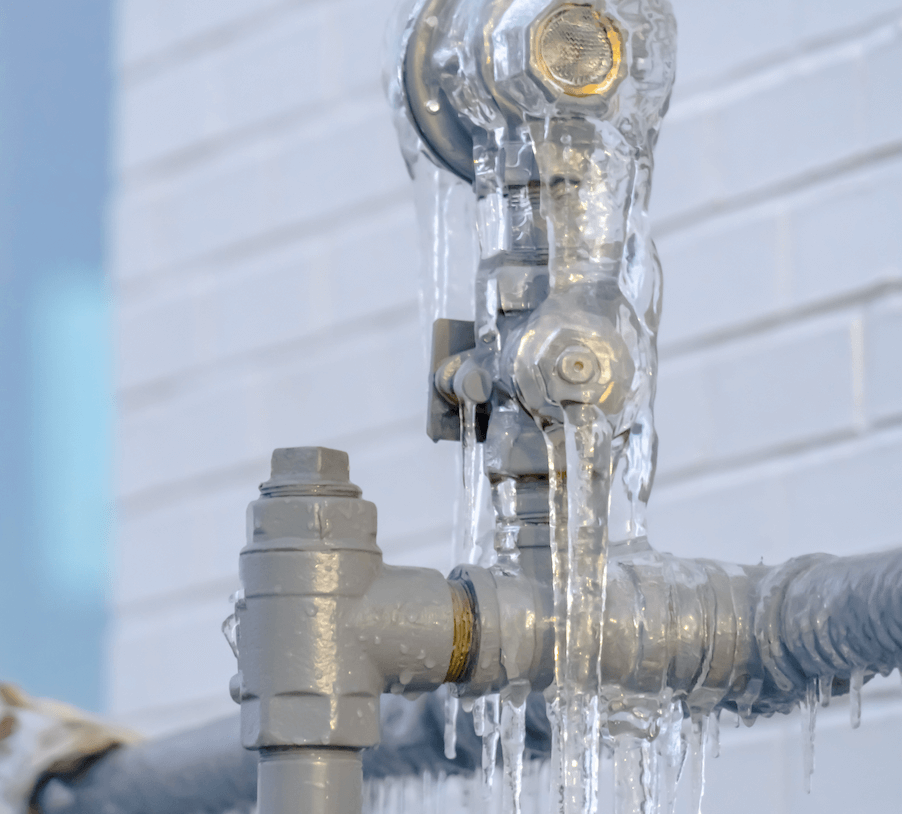Safeguarding Pipes from Cold Weather Issues: Critical Tips
Safeguarding Pipes from Cold Weather Issues: Critical Tips
Blog Article
Just how do you really feel when it comes to How to prepare your home plumbing for winter weather?

Winter can damage your plumbing, specifically by freezing pipelines. Below's just how to stop it from taking place and what to do if it does.
Intro
As temperature levels drop, the threat of icy pipelines boosts, possibly leading to pricey repair services and water damages. Recognizing just how to prevent icy pipes is critical for property owners in cool climates.
Prevention Tips
Protecting vulnerable pipes
Wrap pipelines in insulation sleeves or make use of warm tape to safeguard them from freezing temperature levels. Focus on pipes in unheated or outside areas of the home.
Heating methods
Maintain indoor rooms adequately warmed, especially locations with pipes. Open up cupboard doors to permit cozy air to flow around pipelines under sinks.
Exactly how to recognize frozen pipelines
Try to find reduced water circulation from taps, unusual smells or sounds from pipelines, and noticeable frost on subjected pipes.
Long-Term Solutions
Architectural modifications
Consider rerouting pipelines away from outside wall surfaces or unheated locations. Add additional insulation to attic rooms, basements, and crawl spaces.
Upgrading insulation
Invest in premium insulation for pipelines, attics, and walls. Proper insulation aids keep regular temperature levels and minimizes the danger of frozen pipes.
Safeguarding Outside Plumbing
Yard pipes and outdoor taps
Disconnect and drain pipes garden hoses prior to winter season. Mount frost-proof spigots or cover outdoor faucets with protected caps.
Understanding Frozen Pipelines
What triggers pipelines to freeze?
Pipelines freeze when exposed to temperatures listed below 32 ° F (0 ° C) for extended periods. As water inside the pipelines ices up, it increases, putting pressure on the pipe walls and possibly creating them to burst.
Risks and problems
Icy pipelines can bring about supply of water interruptions, property damage, and expensive repair work. Ruptured pipelines can flood homes and cause comprehensive architectural damage.
Signs of Frozen Water Lines
Determining icy pipes early can prevent them from breaking.
What to Do If Your Pipes Freeze
Immediate activities to take
If you think frozen pipes, keep taps open up to eliminate stress as the ice melts. Utilize a hairdryer or towels taken in warm water to thaw pipes slowly.
Conclusion
Preventing icy pipelines needs proactive measures and fast responses. By comprehending the reasons, indications, and safety nets, house owners can secure their pipes throughout cold weather.
5 Ways to Prevent Frozen Pipes
Drain Outdoor Faucets and Disconnect Hoses
First, close the shut-off valve that controls the flow of water in the pipe to your outdoor faucet. Then, head outside to disconnect and drain your hose and open the outdoor faucet to allow the water to completely drain out of the line. Turn off the faucet when done. Finally, head back to the shut-off valve and drain the remaining water inside the pipe into a bucket or container. Additionally, if you have a home irrigation system, you should consider hiring an expert to clear the system of water each year.
Insulate Pipes
One of the best and most cost-effective methods for preventing frozen water pipes is to wrap your pipes with insulation. This is especially important for areas in your home that aren’t exposed to heat, such as an attic. We suggest using foam sleeves, which can typically be found at your local hardware store.
Keep Heat Running at 65
Your pipes are located inside your walls, and the temperature there is much colder than the rest of the house. To prevent your pipes from freezing, The Insurance Information Institute suggests that you keep your home heated to at least 65 degrees, even when traveling. You may want to invest in smart devices that can keep an eye on the temperature in your home while you’re away.
Leave Water Dripping
Moving water — even a small trickle — can prevent ice from forming inside your pipes. When freezing temps are imminent, start a drip of water from all faucets that serve exposed pipes. Leaving a few faucets running will also help relieve pressure inside the pipes and help prevent a rupture if the water inside freezes.
Open Cupboard Doors
Warm your kitchen and bathroom pipes by opening cupboards and vanities. You should also leave your interior doors ajar to help warm air circulate evenly throughout your home.

We were introduced to that write-up on Helpful Tips to Prevent Frozen Pipes this Winter through an associate on our other website. Do you know about anybody else who is fascinated about the niche? Feel free to share it. I truly appreciate your readership.
Visit My Website Report this page